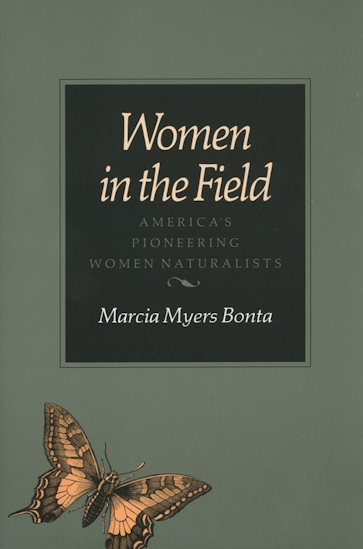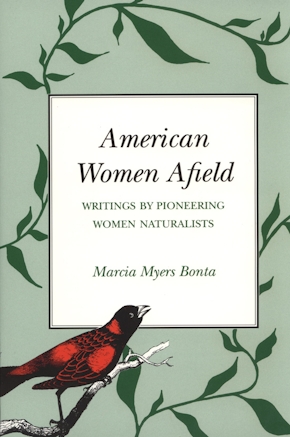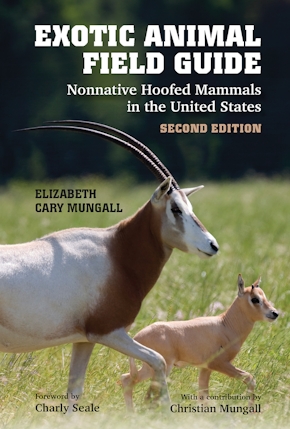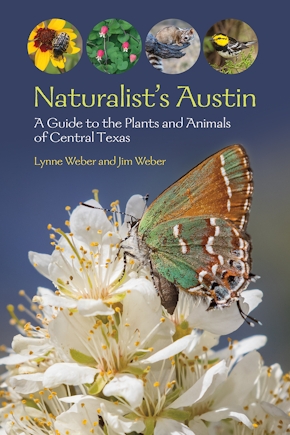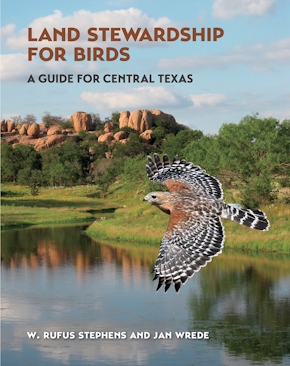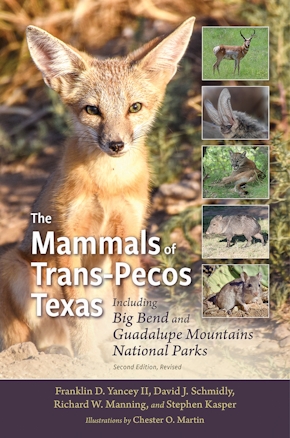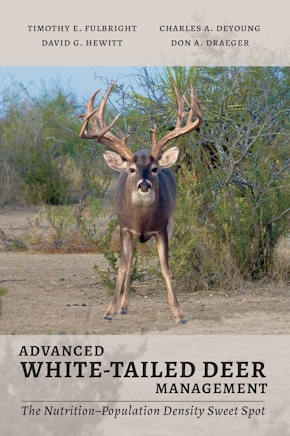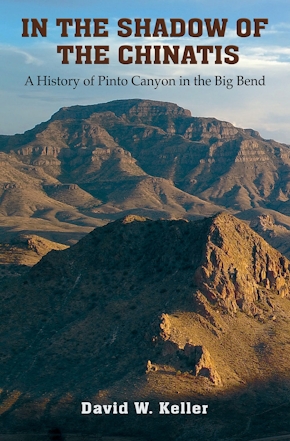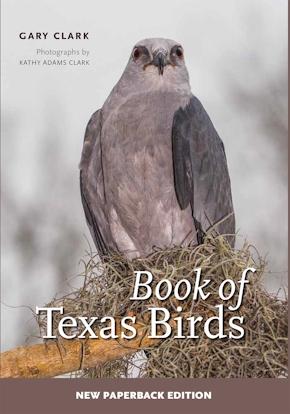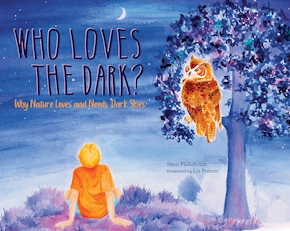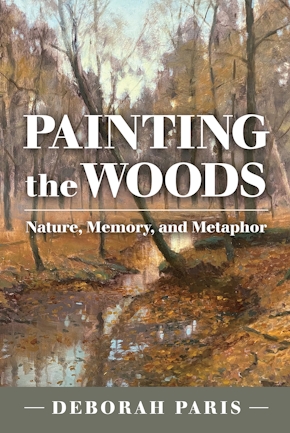Women in the Field
America's Pioneering Women Naturalists
978-0-89096-489-7 Paperback
6 x 9 x 0 in
320 pp. 30 b&w photos.
Pub Date: 04/01/1991
Available
BUY NOW
- Paperback $35.95
Bonta divides the women by the subject of their study: naturalists, botanists, entomologists, ornithologists, and ecologists. She also describes a group of women that she considers pioneers, showing them in all their individuality, as field persons, as professionals, and as friends with others in their field.
A handful were recognized experts. Agnes Chase was considered the best agrostologist in the world; Alice Eastwood was made honorary president of the seventh International Botanical Congress in Sweden; Elizabeth Gertrude Knight Britton was called the mother of bryology. In the 1950s conservationist Rachel Carson became a well-known voice in the fight against pesticides, and in 1962 she published Silent Spring, a chilling account of the effects of pesticides on people, wildlife, and the environment.
Others were less well known. Jane Colden did botanical work and drawing in the 1740s and 1750s, with the support of her father. Martha Maxwell developed a new method of taxidermy in the 1860s, displaying animals in their habitat. Kate Brandegee, of California, hid her identity from the established botanical community in the East for many years, knowing they would look down on dissenting work done not only in the West but by a woman.
This book provides insight and information about the history of American nature study as well as women's roles in the natural sciences.
About the Author
Published by Texas A&M University Press
